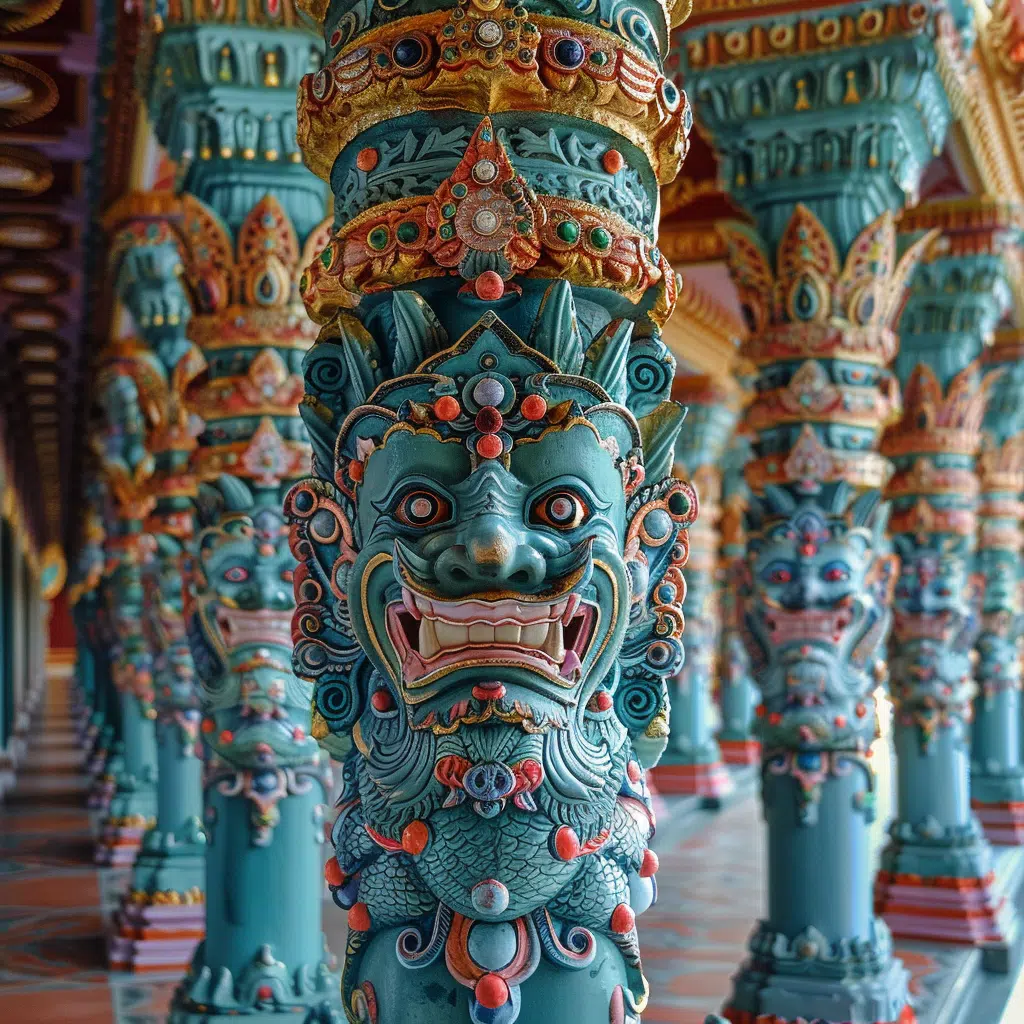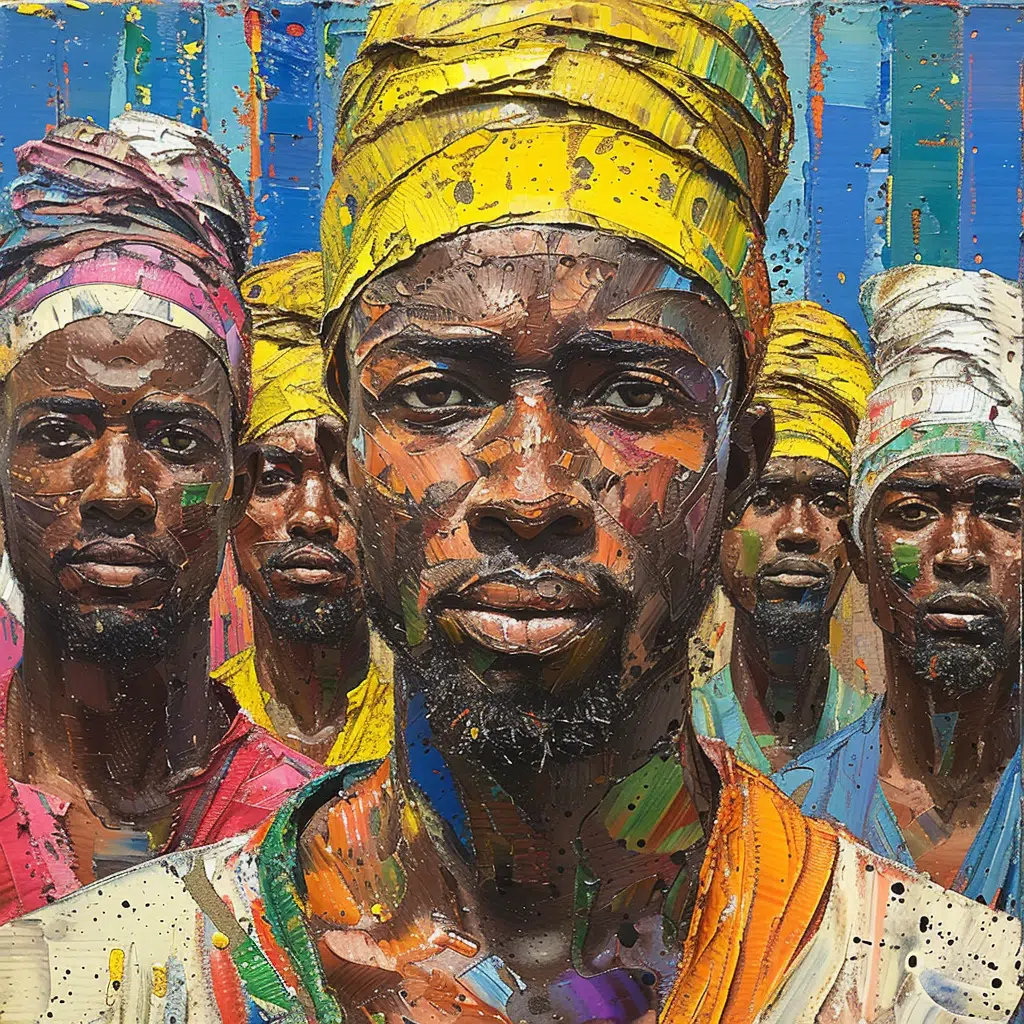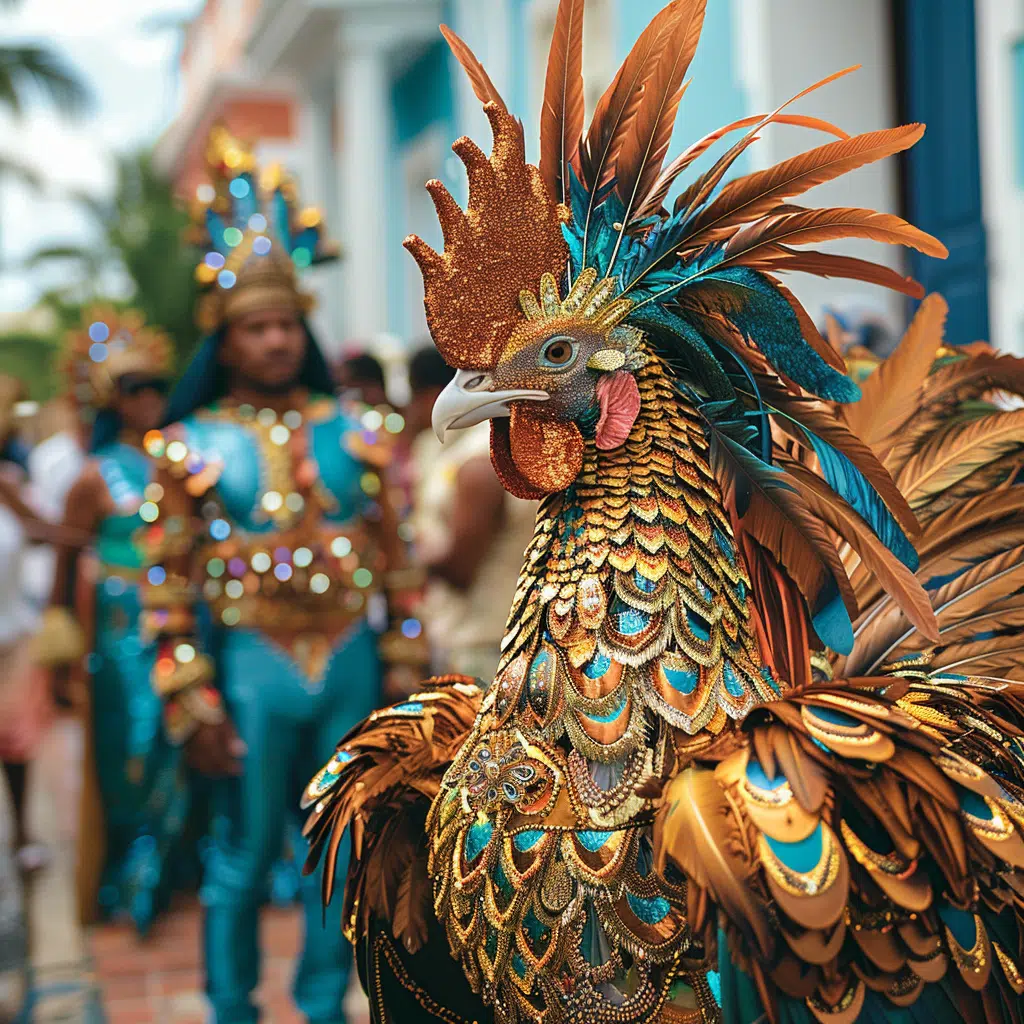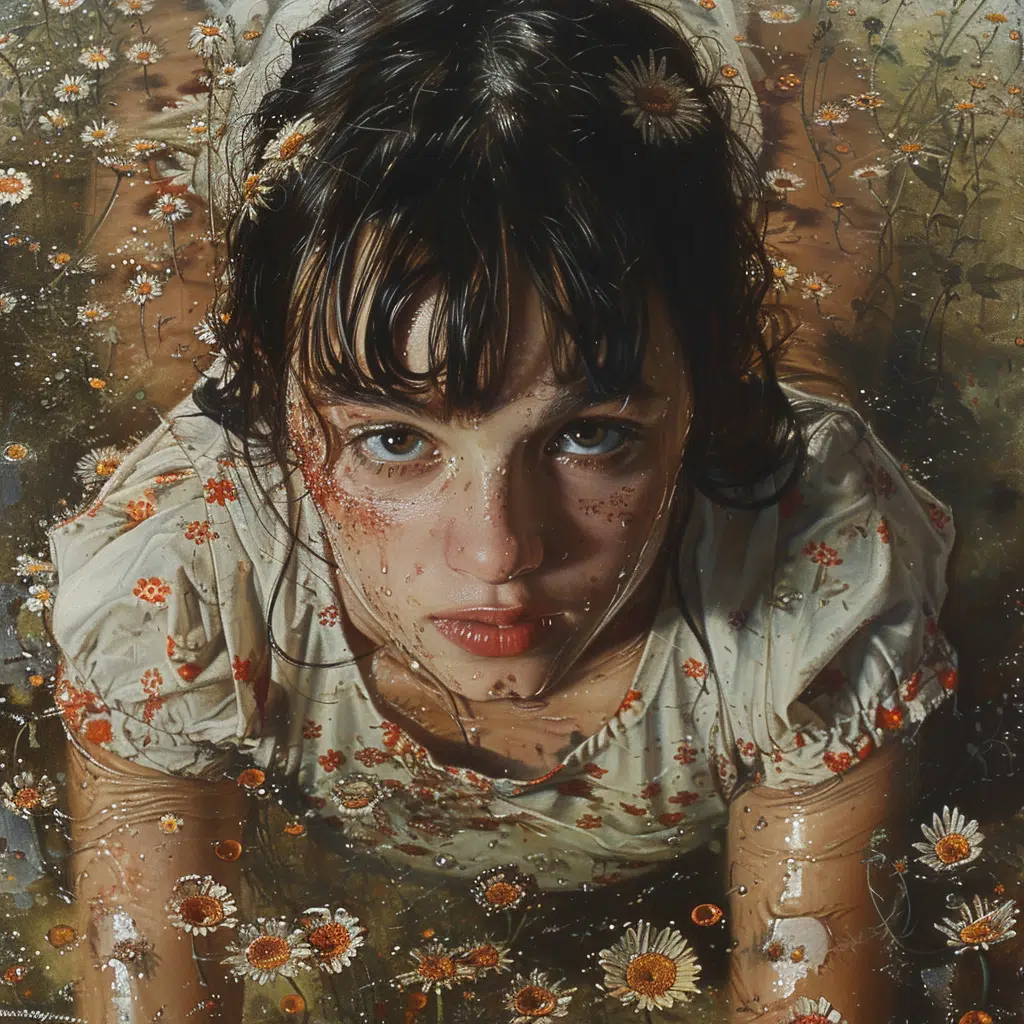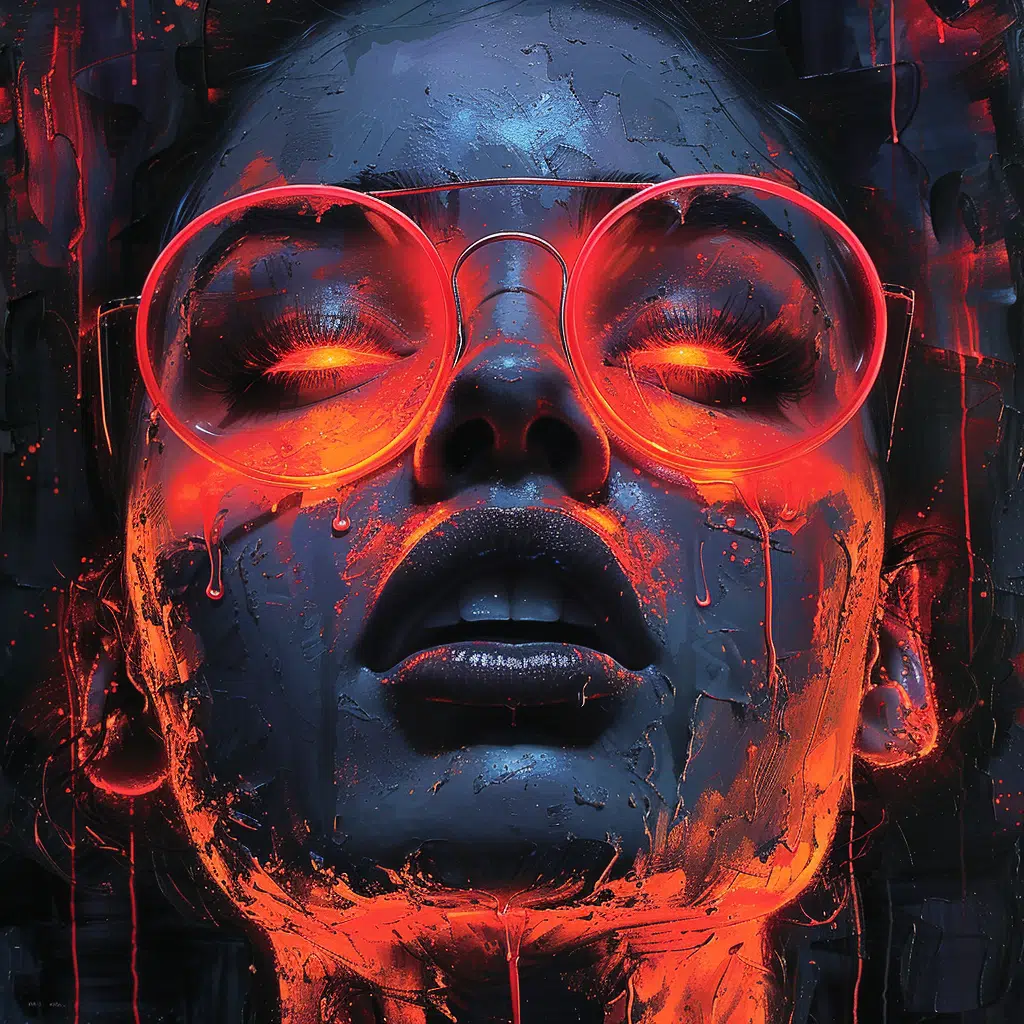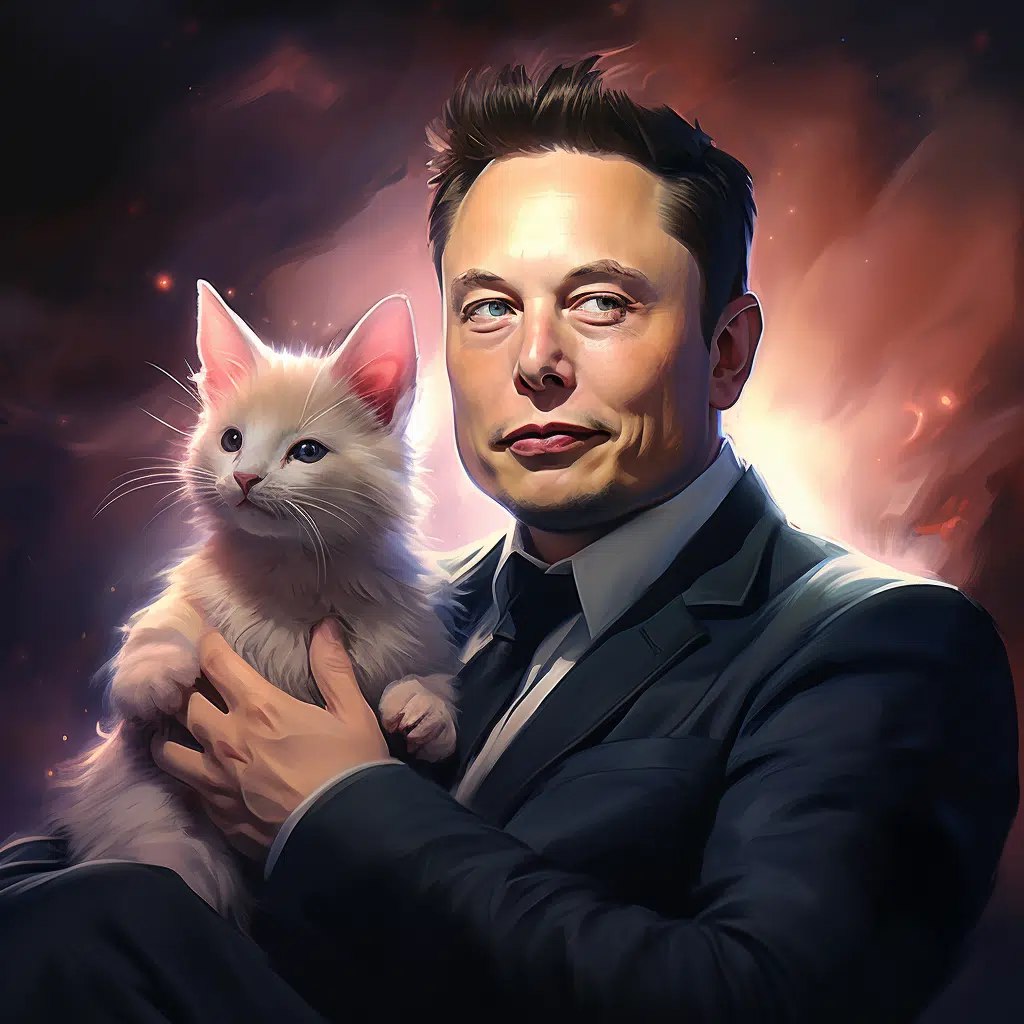The “Hitler Mustache,” also known as the “toothbrush mustache,” has gone down in history as being synonymous with one of the darkest periods of the 20th century. Yet, its journey started quite innocently. It all began as a popular style, worn by men all over the globe and made iconic by figures like Charlie Chaplin before gaining vile significance. This article aims to delve deeper into the evolution of the Hitler mustache, examining how this seemingly ordinary style became a symbol of infamy.
The Hitler Mustache: Decoding What Lies Beyond the Hairs
Roots of Hitler’s Signature Style
The Early Beginnings: How the ‘Toothbrush Mustache’ Became the ‘Hitler Mustache’
The mustache we typically associate with Hitler was initially a trending style in the 1920s. It was popular in America and Europe and was even distinctly British, warranting the nickname “The Charlie Chaplin.” This style was not initially linked with Hitler himself.
However, evidence gathered from Alexander Moritz frey ‘s essay, who served with Hitler in World War I, points out that Hitler wore this style not as a fashion statement, but rather out of necessity. He needed to trim his previously bushy facial hair to fit a gas mask properly.
The Impact of World War I on Hitler’s Facial Fashion Choice
World War I had an enormous influence on Hitler’s iconic facial hair transformation. It was in the grim trench environments that Hitler made the transition from mutton chops to the infamous mustache to maintain the effectiveness of his gas mask.
The Politics and Psychology Behind the Iconic Hitler Mustache
The ‘Toothbrush Mustache’ Style: Its Popularity, Purpose, and Plunge
The toothbrush mustache was admired as a symbol of the modern man in the 1920s. Nevertheless, once Hitler started rising to power, things began to take a wicked turn. The public gradually associated the Hitler mustache more with racial prejudice and heinous acts than the trendiness that it represented previously.
The Use of the Mustache as a Propaganda Vehicle by the Nazi Party
As Hitler’s power augmented, so did the mustache’s symbolic value. The Hitler mustache became a powerful propaganda tool of the Nazi Party, a visual testament used by Hitler to mark his identity, much like logos representing companies today.
The Psychology of Symbolism: How the Hitler Mustache Became an Icon of Evil
The cognitive impact of the “Hitler mustache” runs deep. Its association with the dreadful mass atrocities carried out under Hitler’s regime solidified this style as a symbol of evil in the public’s perception. Understanding this cognitive meaning helps us begin to glimpse how powerful symbols can become.
The Hitler Mustache in Pop Culture and Media
Pre-War Impressions: Early Cultural Perception of the Hitler Mustache
Before the war, the mustache was seen as stylish and was popular among the masses. It embodied a modern, urban look that many emulated. The mustache was given the spotlight by popular figures, most notably Charlie Chaplin.
Post-War Observation: Evolution of the Hitler Mustache in Media and Entertainment
Post-war, the mustache, now known as the “Hitler Mustache,” evoked terror and repulsion. Television shows like Hyde From That 70 ‘s Show used the mustache to depict characters as outlandishly offensive, further solidifying the mustache’s negative connotations.
Juxtaposing the Funny and the Fearful: Charlie Chaplin’s ‘The Great Dictator’
Interestingly, comedy genius Charlie Chaplin used his iconic mustache to satirize Hitler and his regime in “The Great Dictator,” an attempt at jesting the terror of Nazi rule.
The Stigma Attached to the Hitler Mustache in the Contemporary World
From the Fields of Battle to the Streets: The Ordinary Man’s Reservations
In the contemporary world, an ordinary man hesitates to sport the Hitler mustache due to its historical weight. The mustache, now a potent symbol of a horrific past, wields the power to evoke strong reactions even today, despite its pre-war fashionable status.
The Hitler Mustache in the Lens of Modern Society
Modern society views the Hitler mustache with a mixture of repulsion and fascination. Any contemporary usage of the mustache — such as Michael Jordan’s failed attempt at bringing back the style in a series of underwear ads — often results in scorn and ridicule.
Influential Individuals Who Dared to Wear the Taboo ‘Stache
Interesting examples of those who challenged societal norms include fashion designer Vejas Kruszewski, who wore the mustache at a fashion show to provoke thoughts about how the symbol might be re-evaluated.
The Hitler Mustache: A Case Study in Symbolic Infamy
How a Style Accessory Morphed into a Symbol of Hate
Studying the Hitler mustache provides an illuminating case study in how seemingly benign style accessories can morph into potent symbols of hate. It serves as a stark reminder of how influential individuals and societal happenings can drastically manipulate and cement meaning to previously innocuous items.
Analysing the Power of Symbols: A Lesson from the Hitler Mustache
The Hitler mustache’s dynamic journey from being a popular style accessory to becoming a symbol of infamy is a vivid demonstration of the power of symbols. It provides a much-needed lesson of how potent symbols can convey connotations, reinforcing societal norms and prejudices.
Whaline Piece Self Adhesive Fake Mustache Set Novelty Mustaches for Costume and Halloween Festival Party

$8.69
The Whaline Piece Self Adhesive Fake Mustache Set is the perfect addition to your costume or Halloween party repertoire. It’s a set of novelty mustaches that can instantly transform your appearance and add a dash of playful eccentricity to any outfit. Each mustache is easy to apply due to the built-in adhesive, allowing you to quickly switch up your look for different events and costumes, without the need for messy glue or uncomfortable straps.
These fake mustaches are designed with meticulous attention to detail to ensure a realistic and striking likeness to genuine facial hair. Unlike other synthetic options, our mustaches will maintain their shape and volume throughout your entire party or event. The set includes various mustache shapes and styles, so whether you’re going for a sophisticated gentleman’s look or trying to add some vintage flair to your costume, there’s a mustache for that in our set.
The Whaline Piece Self Adhesive Fake Mustache Set isn’t just a standout addition to any costume or Halloween ensemble; it also makes for a hilarious party game or a quirky photo booth prop. Expect lots of laughter and endless fun as you and your guests play around with these whimsical mustaches. Whether you’re a veteran cosplayer, a seasoned party goer, or someone just looking for a quick disguise, this mustache set is your ticket to an instant makeover.
Rethinking the Hitler Mustache: Lessons from a Patch of Hair
Today, the mention of the Hitler mustache brings an immediate sense of infamy, but not many know its journey from being a trendy accessory to a symbol of horror. This path provides insight into the power of symbols in shaping societal perceptions and prejudices, proving that continuous evaluation of symbolic iconography is essential for society’s progress.
Hitler’s Mustache

$25.00
“Hitler’s Mustache” is a meticulously researched and compellingly presented historical book that seeks to unravel the distinctive facial features of one of the world’s frightening dictators. Drawing from historical documents, personal accounts and analyses from a wide range of academic discourses, the book delves into Hitler’s appearance as a crucial part of his public image. The mustache, distinguishing Hitler in the annals of history and the collective memory, serves as an emblem of his severe, enigmatic persona.
In the exploration of Adolf Hitler’s trademark mustache, the author not only looks at its historical implications but also examines how it has been represented in popular culture. Shedding light on the grotesque yet fascinating subject, “Hitler’s Mustache” also delves into why and how such a minute personal aspect could be employed to create a specific image and what that meant for millions of his followers. It underscores the deeply woven connections between aesthetics, personal grooming and the creation of terrifying dictatorships.
“Hitler’s Mustache” is more than just a book about a dictator’s facial hair, it’s an enticing blend of history, sociology, and psychology. At its core, the material expresses how potent symbolism can help manifest political control and personality cults. This is an essential read for anyone interested in World War II history, iconic influencer studies, or the dark, persuasive power of charisma and personal branding.
What began as the “Toothbrush Mustache,” innocuously worn by men across the continents, quickly escalated in notoriety due to its association with Hitler and his deplorable acts. A small piece of facial hair provokes multitudes of strong reactions globally, telling volumes about the human psyche and the power of symbolism.
We each wield the power to shape the meanings of symbols and implications of iconography as we interact with them in our lives. As the world progresses, it’s crucial that we strive to understand these symbols more deeply, taking the lessons they offer us along the way, reminding us of what has been and guiding us for what can be. A Hitler mustache, after all, was just hair under a man’s nose before it became an icon of hate. It’s our responsibility to ensure symbols represent the best of humanity, not the worst. These lessons, learned from a detestable symbol of terror, must guide our ways forward.
Remember to keep in touch and get the latest updates with a Carter ‘s Promo code, ensuring you’re always ahead of the curve when it comes to modern symbolism, cultural shifts, and societal issues that affect us, even in ways as small as the silent yet potent history of the Hitler mustache.
What was the reason for Hitler’s Moustache?
Ah, Hitler’s moustache, a topic of endless curiosity. He donned that iconic look for a rather practical reason, out of necessity, really. The wider ‘stache he initially wore didn’t sit pretty with his WW1 gas mask. So, he got all snippy and trimmed it down to what we now call the ‘toothbrush mustache,’ making it easier to form a proper seal.
What was Hitler’s mustache called?
Speaking of, that toothbrush mustache, or Hitler mustache as it’s unfortunately known nowadays, isn’t actually illegal in Germany, despite what some rumors might say. But let’s be real here, it’s not exactly a popular choice either, given its historical baggage.
Is toothbrush mustache illegal in Germany?
The Spartans, those tough-as-nails warriors, had a curious habit of shaving off their moustaches. It wasn’t some bizarre style choice, oh no. They were of the belief that owning a moustache was a luxury, something not condoned in their merciless, no-frills society.
Why did Spartans shave their moustache?
Let’s touch on a quizzical assertion here- are mustaches creepy? Well, beauty’s in the eye of the beholder, right? Some folk might be a little freaked out by a flickering, furry lip companion, but others might fancy the sophisticated charm it adds.
Are mustaches creepy?
Trivia time! The ancient Egyptians hold the trophy for the first known mustache wearers. A historical painting depicts an Egyptian man, Scorpion I, flaunting a carefully outlined, ceremonial moustache. Quite the trend-setter of his era!
Who had the first mustache?
The mustache, hairy little wonder, carries a boatload of symbols, depending on time and place. It’s often seen as a sign of maturity and strength, thanks to those pesky testosterone levels, while some see it as a mark of rebellion or non-conformity.
What does the mustache symbolize?
Now about the purpose of the moustache, it’s questionable whether there’s a biological ‘purpose’ per se, but it certainly plays a role in various cultural contexts, from a symbol of power or status, to a simple fashion statement.
What was the purpose of the moustache?
As for soldiers, a seemingly ironclad Victorian British regulation stated that they must sport a moustache. Why? It was believed a moustache fostered an intimidating appearance, a true soldierly look that’d make their enemies quiver in their boots. Seems excessive, but hey, if it works, it works!


